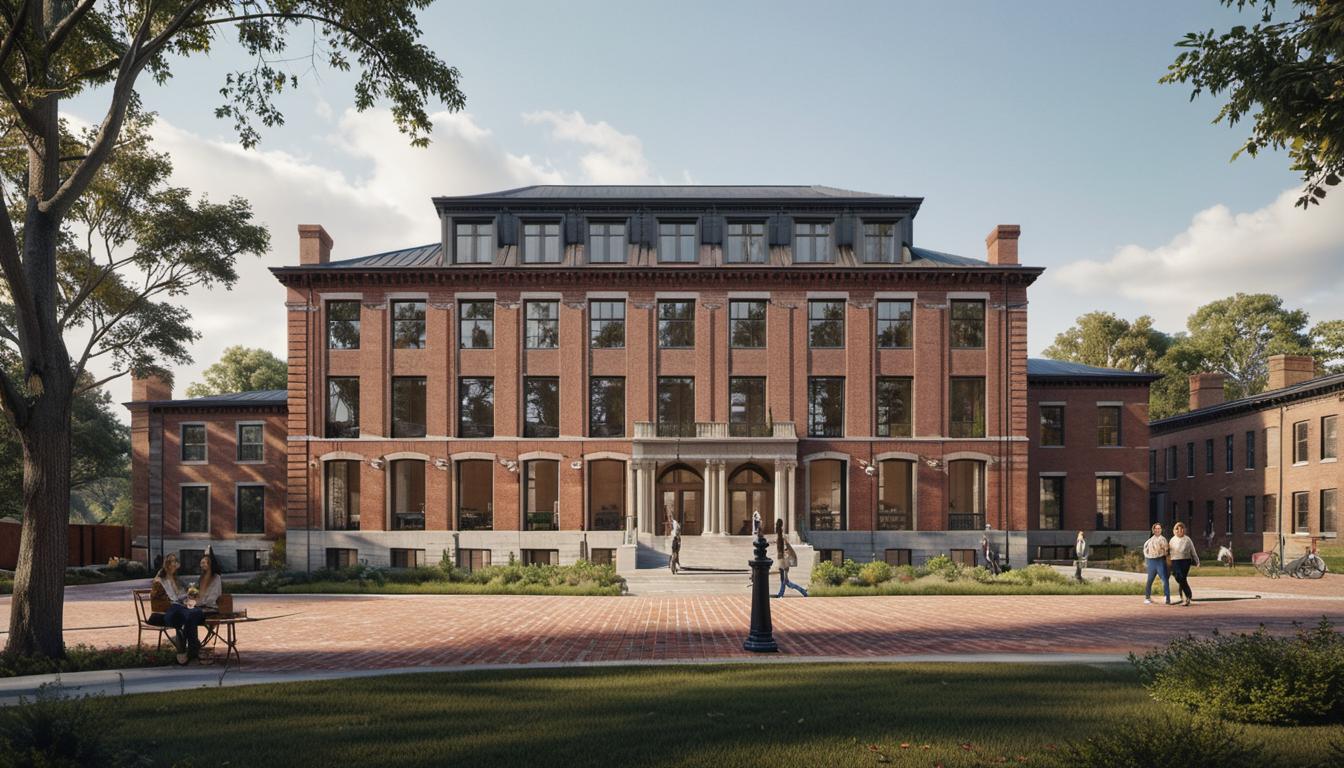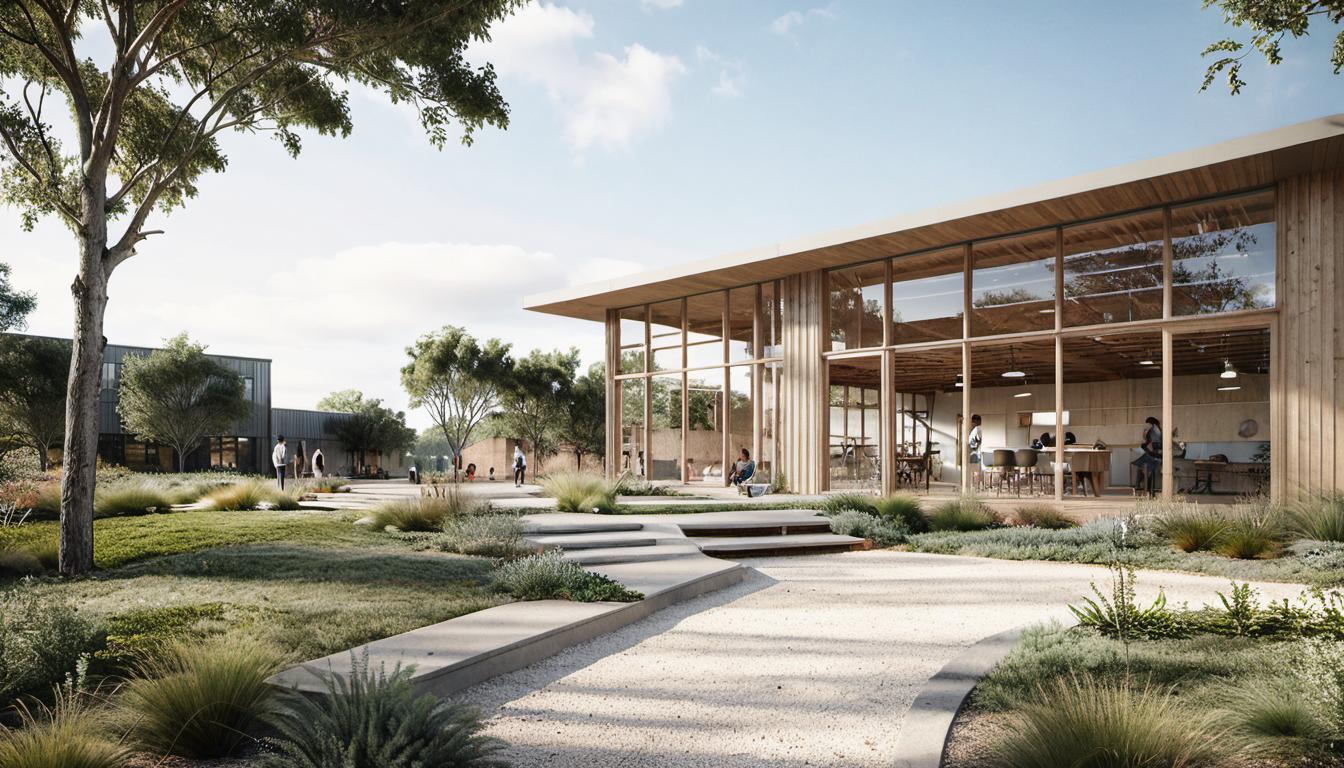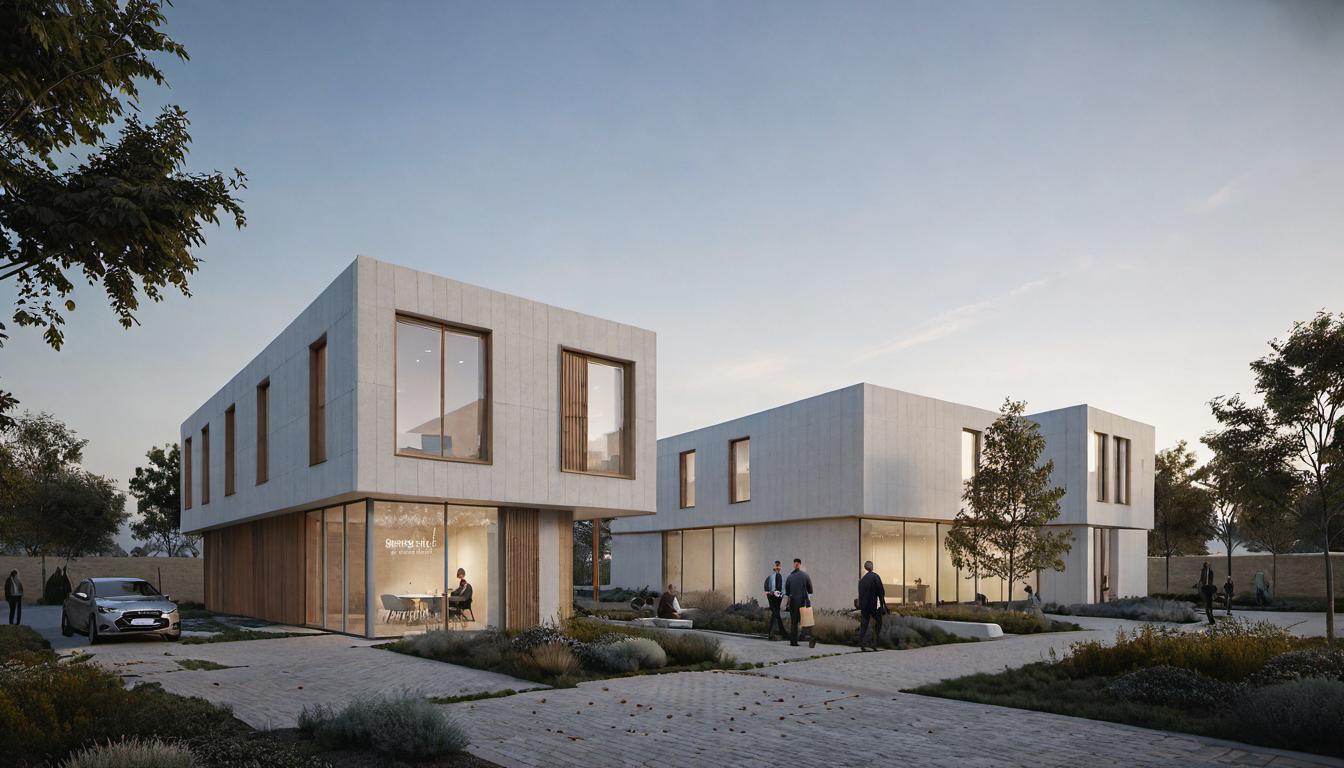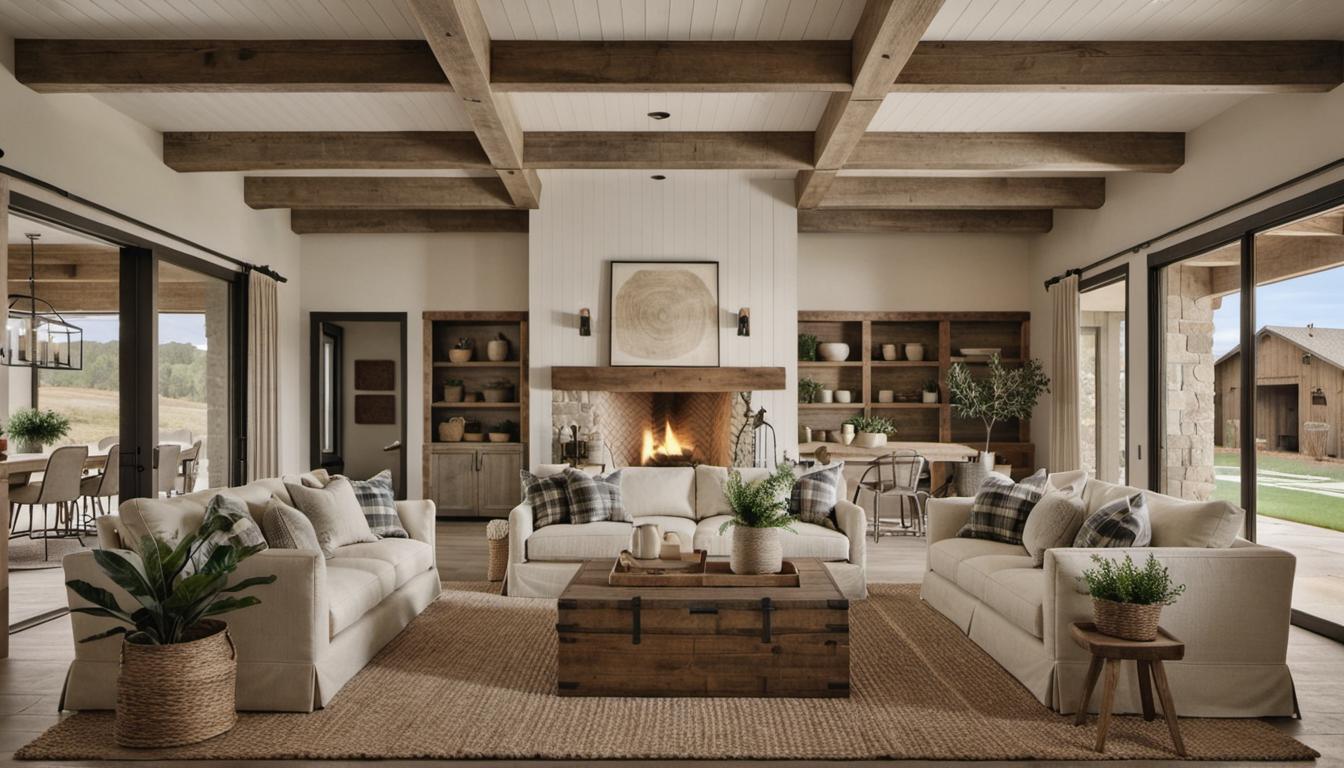Understanding Copyright Laws in Architectural Rendering
With the increasing adoption and advancement in technology, the creation and exchange of architectural renderings have become a common practice among architects, interior designers, and the real estate industry. This spike in exchange has also led to a corresponding rise in legal issues relating to these drawings and designs. Recognizing and understanding these problems can go a long way in protecting both the creators and buyers from potential lawsuits.
-
Architectural Drawings as Intellectual Property
Architectural renderings, like any other form of creative expression, are considered intellectual property. This recognition extends their protections under copyright laws, similar to other works like literature, music, cinematography and others.
-
Implications of Redistributing Architectural Drawings
Once an architectural drawing gets tagged as intellectual property, copying and redistribution without the permission of the copyright holder can lead to copyright infringement. Architects and designers need to be cautious about how and where they share their copyrighted works.
-
What Constitutes Copyright Infringement in Architecture
Any unauthorized use, replication, or distribution of an architectural drawing can be seen as copyright infringement. These infringements don’t just cover the literal replicas but also any adaptations where substantial parts of the copyrighted work get replicated.
-
Guidelines and Laws Surrounding Ownership Rights
Sometimes, issues arise within work settings where architects create designs while under employment. In such scenarios, it’s crucial to have contracts stating terms of ownership rights to circumvent potential legal problems.
Potential Legal Conundrums and Solutions
-
Circumventing Legal Issues: Minor Changes to Drawings
One common way of side-stepping copyright infringement is by making minor alterations to architectural drawings. This tactic isn’t full proof, though, and could still lead to legal disputes if the derived work is substantially similar to the original.
-
The Role of Unique Designs in Mitigating Legal Risks
On the flip side, creating one-of-a-kind designs can provide layer protection against potential copyright theft. Uniqueness in design forms defense against accusations of infringement, and simultaneously, limits the possibilities of other designs infringing on yours.
-
Managing GC Subcontracting: A Case Study
Subcontracting offers numerous benefits, but there can be legal risks involved. For instance, General Contractors (GC) might shift bids to secure lower prices, raising concerns of legal and ethical nature.
Architectural Drawings: Instruments of Service
-
Defining Instruments of Service
In the architectural context, drawings are ‘Instruments of Service’, which implies that clients are paying for the architect’s expertise and the service provided instead of procuring the rights to the design.
-
Architect’s Expertise vs Design Rights
As instruments of service, it’s the architect’s unique skills and expertise clients are hiring and not the ownership of the design. Therefore, the copyrights remain with the architect, allowing them to reuse and modify the design for future use.
Copyright Protection Approaches
-
The Importance of Marking Drawings with Copyright Notices
Though not mandatory, marking your drawings with copyright notices serves as an extra layer of protection. It signifies the intents of the creator and puts potential infringers on notice.
-
Client Permissions and Using Copyrighted Architectural Drawings
Before using any copyrighted architectural drawing, it’s crucial to obtain written permission from the copyright holder. Failure to do so may lead to legal disputes, potentially including claims for substantial damages.
Design-Build Projects: Unique Legal Considerations
-
Understanding Relationships and Loyalties in Design-Build Projects
In a design-build model, design professionals are part of the contractor’s team, which often leads to varying incentives and potential conflicts. It’s necessary to define the roles, responsibilities and relationships clearly with contracts.
-
Standard of Care and Warranty Standards in Design-Build Projects
The standards of care in design-build projects differ from traditional settings. Unlike average professionals who can’t guarantee success, a design-builder is typically held to stricter warranty standards, which can often be outlined in the agreement.
-
Entitlement to Change Orders: Design-Build vs Traditional Contracts
Change orders are a staple in construction contracts. However, design-build scenarios often don’t result in change orders linked to design errors or ambiguities as the responsibility falls to the contractor.
-
Navigating State-to-State Licensing Laws
Licensing laws for architectural and engineering services vary from state to state. In some cases, contractors unlicensed as design professionals might not offer these services. Hence, understanding and complying with local regulations are vital.
-
Addressing Insurance and Bonding Challenges
Insurance and bonding challenges can be unique to design-build projects. Adequate coverage is needed to safeguard all parties involved against potential liabilities and legal disputes.
FAQs
-
What are the legal issues in buying architectural rendering?
Legal issues in buying architectural renderings can range from copyright infringement, lack of proper licensing, violations of ownership rights, and violations of contract terms.
-
How does copyright apply to architectural drawings?
Architectural drawings, just like other forms of creative expressions, fall under intellectual property and are thus protected under copyright laws. Unauthorized use, copying, or distribution can lead to copyright infringement.
-
What is the meaning of ‘instruments of service’ in the context of architectural work?
‘Instruments of Service’ in an architectural context denotes that the clients are paying for the architect’s expertise and the service provided, not the design ownership rights.
-
How can one protect their architectural designs from copyright theft?
One can protect their architectural designs from copyright theft by creating unique designs, marking their drawings with copyright notices, and maintaining good relationships with clients to prevent unauthorized use of their designs.
-
What are some unique legal issues in design-build projects compared to traditional projects?
Design-build projects present unique legal challenges such as: defining relationships and loyalties within the team, stricter warranty standards, controlling entitlement to change orders, navigating varying state-to-state licensing laws, and addressing insurance and bonding challenges.






